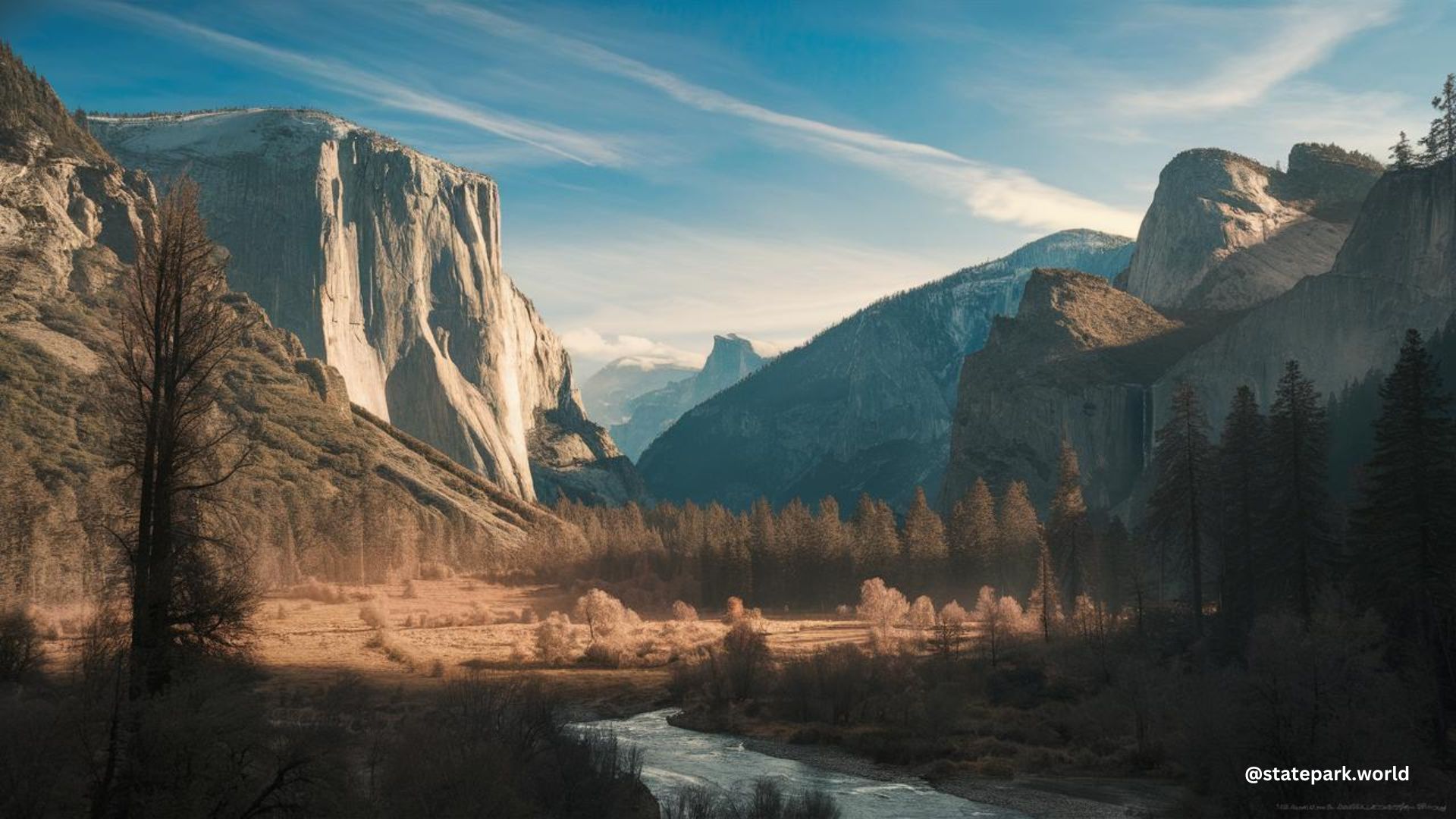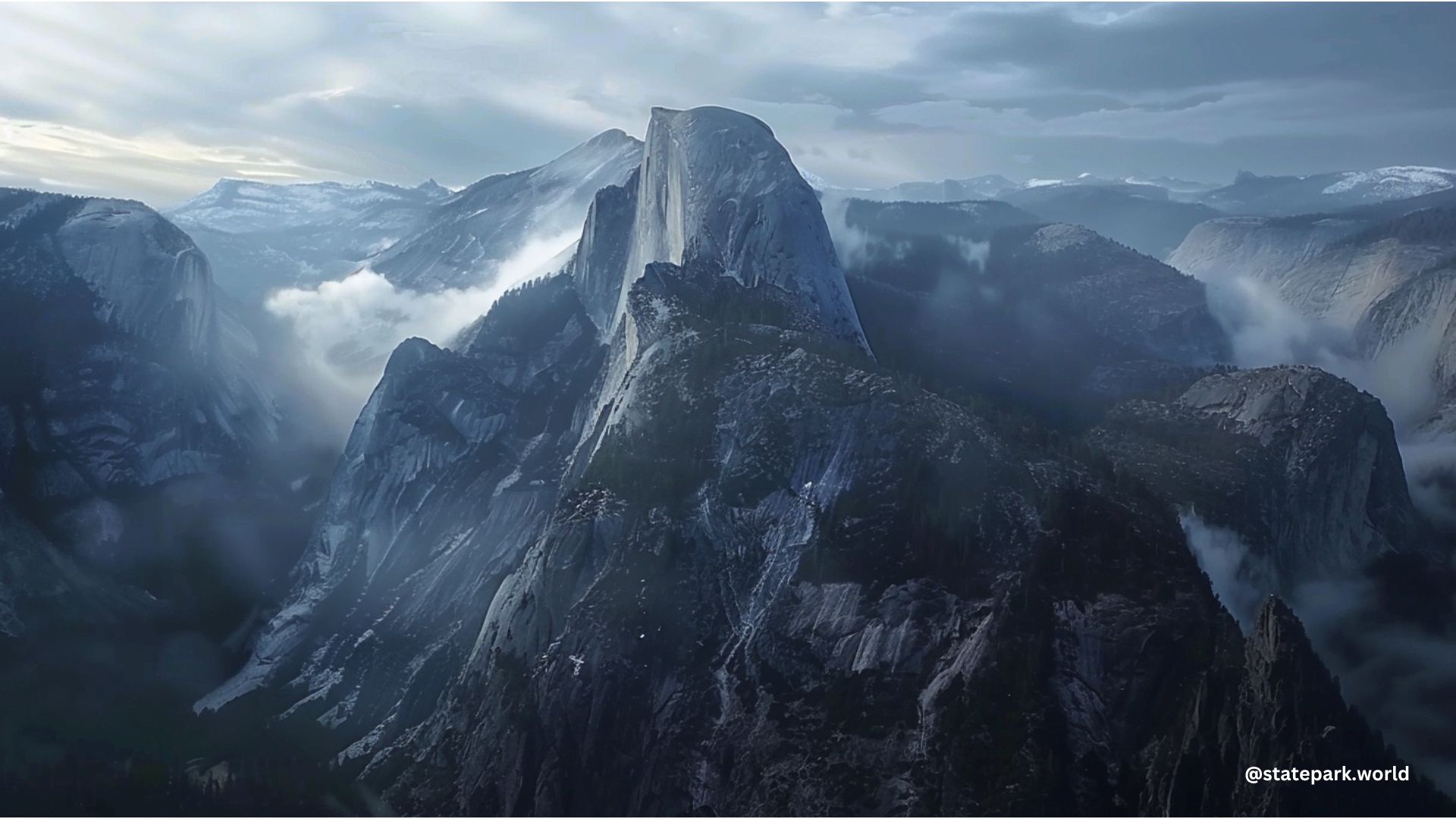Yosemite National Park is renowned for its awe-inspiring granite cliffs, which have been sculpted by millions of years of geological processes. These towering rock formations, such as the iconic Half Dome and El Capitan, are a testament to the park’s unique and captivating geology.
The Geological Origins of Yosemite’s Granite Cliffs
The granite cliffs in Yosemite are the result of a complex geological history that spans millions of years. The Sierra Nevada mountain range, where Yosemite is located, was formed by the uplifting and tilting of fault-block mountains. As magma cooled slowly beneath the surface, it formed large chambers of molten rock, which eventually solidified into the grainy, crystalline texture of granite.
Over time, glacial erosion carved deep into the solid granite, creating the dramatic valleys and rock formations that define Yosemite’s landscape. The park is home to approximately 35 individually defined plutons, or large bodies of granite, each with its own unique characteristics and features.
Iconic Granite Formations in Yosemite

Yosemite’s granite cliffs are home to some of the most famous and iconic rock formations in the world. The Half Dome, a massive granite dome that rises over 4,800 feet above the valley floor, is perhaps the park’s most recognizable landmark. El Capitan, a towering granite monolith that stands over 3,000 feet tall, is a mecca for rock climbers from around the globe.
Other notable granite formations in Yosemite include Sentinel Rock, Cathedral Rocks, and Lembert Dome. Each of these features has its own unique character and offers visitors breathtaking views of the park’s stunning landscape.
Exploring the Granite Cliffs of Yosemite
Visitors to Yosemite National Park have numerous opportunities to experience the park’s granite cliffs up close. Hiking trails, such as the Mist Trail and the Yosemite Falls Trail, provide access to some of the park’s most iconic rock formations, offering stunning vistas and opportunities for photography.
For those seeking a more immersive experience, rock climbing is a popular activity in Yosemite. The park’s granite walls attract climbers from around the world, who come to test their skills on some of the most challenging routes in the country.
Protecting Yosemite’s Granite Cliffs
As one of the most visited national parks in the United States, Yosemite faces ongoing challenges in balancing the needs of visitors with the preservation of its natural resources. The park’s granite cliffs, in particular, are vulnerable to the impacts of human activity, such as erosion, vandalism, and overcrowding.
To protect these natural wonders, the National Park Service has implemented a range of conservation measures, including visitor management strategies, educational programs, and research initiatives. Visitors are encouraged to follow Leave No Trace principles and to respect the fragility of the park’s granite cliffs and other geological features.
Conclusion
The granite cliffs of Yosemite National Park are a true natural wonder, a testament to the power of geological processes and the enduring beauty of the natural world. Whether you’re a seasoned hiker, a rock climber, or simply a lover of stunning landscapes, Yosemite’s granite cliffs offer an unforgettable experience that will leave a lasting impression.

